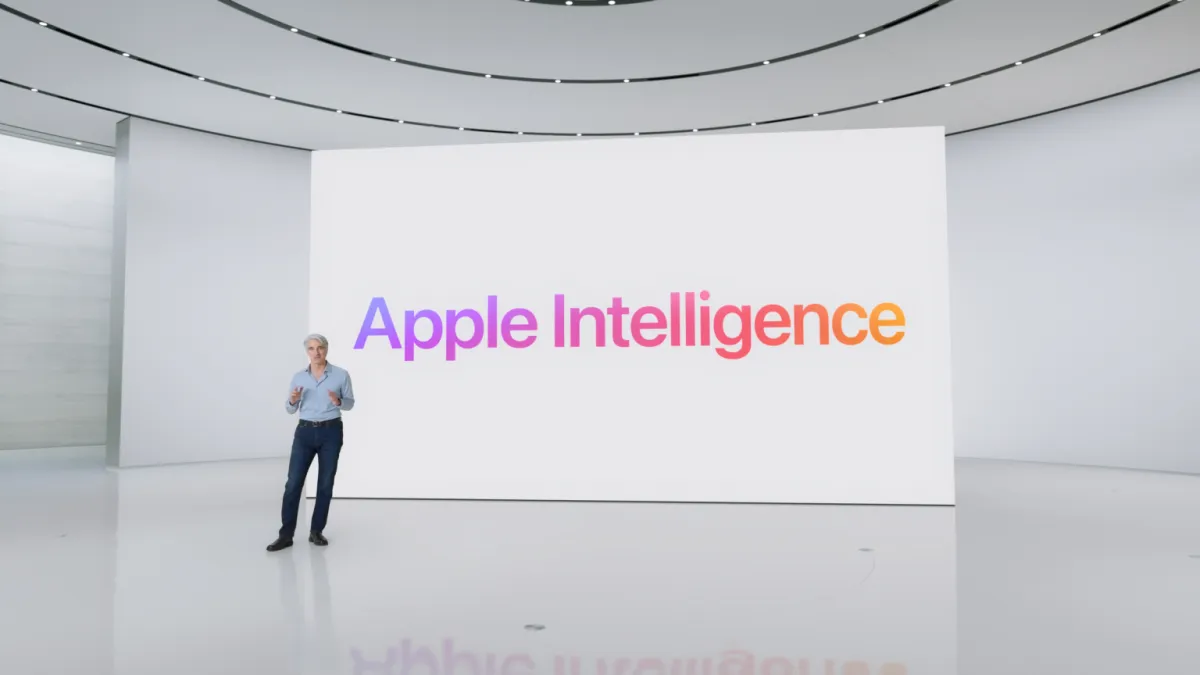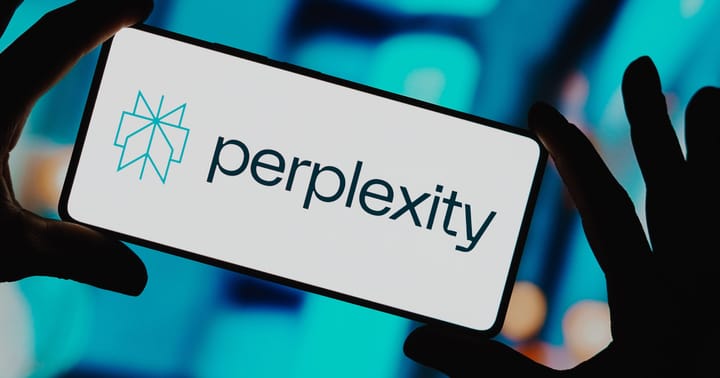Apple Unveils "Apple Intelligence" At WWDC 2024
Apple Intelligence will roll out in beta form this October, initially available in the U.S. in English, with an expanded international rollout and support for additional languages through 2025.

At this year’s WWDC, Apple introduced its highly anticipated AI platform, Apple Intelligence, marking a step in its approach to artificial intelligence. Announced in June, Apple Intelligence represents a pragmatic and integrated approach to AI, focusing on enhancing existing apps rather than introducing standalone features.
Apple Intelligence leverages large language models (LLMs) to drive improvements across Apple’s suite of apps and services. Rather than creating separate AI tools, Apple has embedded its generative AI capabilities directly into familiar applications like Messages, Mail, Pages, and Siri. The platform offers features such as advanced text generation and editing, custom emoji creation, and a revamped Siri experience.
Apple Intelligence
The updated Siri, for instance, now operates with improved contextual awareness, allowing it to handle tasks across multiple apps more seamlessly. Users can ask Siri to edit photos and insert them into messages, all within a frictionless interface that adapts to their current activities.
Apple has taken a bespoke approach to its AI training, focusing on specific tasks like email composition rather than the broad, resource-intensive models used by competitors. For more complex queries, Apple has introduced Private Cloud Compute, a system of remote servers running on Apple Silicon that promises privacy and efficiency. Users will not be able to distinguish between local and cloud-based processing unless their device is offline.
Apple Intelligence will debut in beta this October, initially available in the U.S. with English language support. The rollout will extend internationally, with additional languages including Chinese, French, Japanese, and Spanish planned for late 2024 and into 2025. The platform will be accessible to users with the latest Apple devices, including iPhone 15 Pro models, iPads with M1 chips, and newer Macs.




